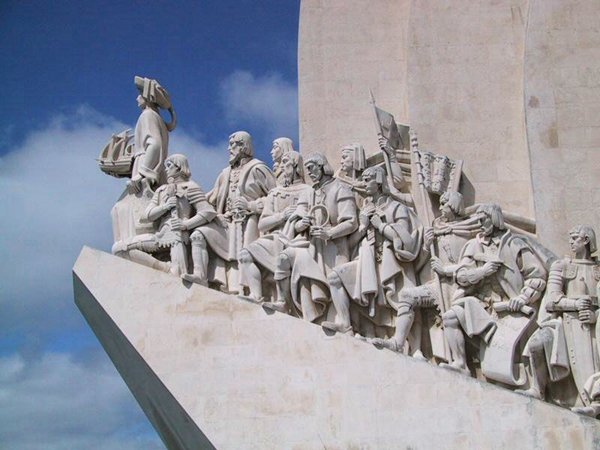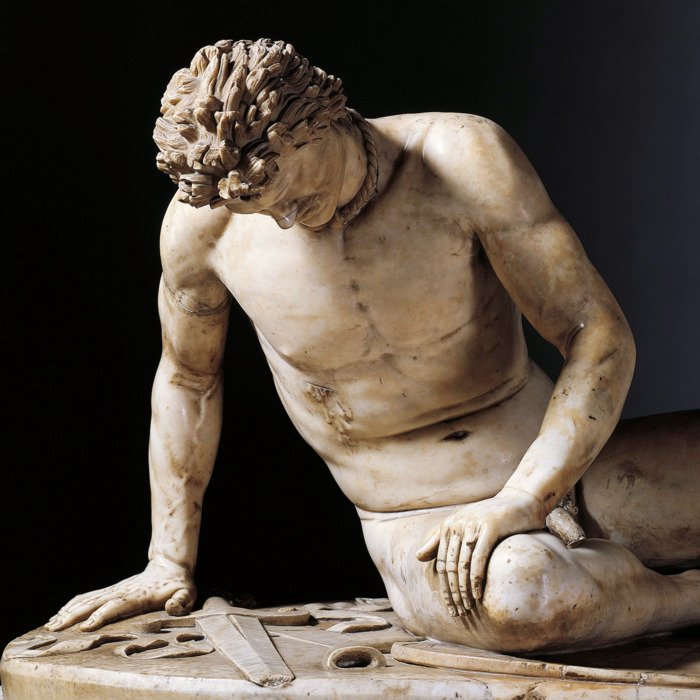Henry Moore is widely regarded as one of the most influential sculptors of the 20th century, known for his monumental bronze and stone figures that blend abstraction with the human form. His famous sculptures can be found in museums, public parks, and cultural landmarks across the world, captivating viewers with their organic shapes and timeless presence. In this article, we’ll explore Henry Moore’s most iconic works, the inspirations behind them, the periods in which they were created, and how his legacy continues to shape modern sculpture today.
Who is Henry Moore?
Henry Spencer Moore (30 July 1898-31 August 1986), was a great and well-known British sculptor. Moore is best known for his large-scale bronze and marble sculptures and is admired in British art circles. Henry Moore pioneered a new vision of modern sculpture, and his creations gave Britain a place in modernist art and made him a global star.
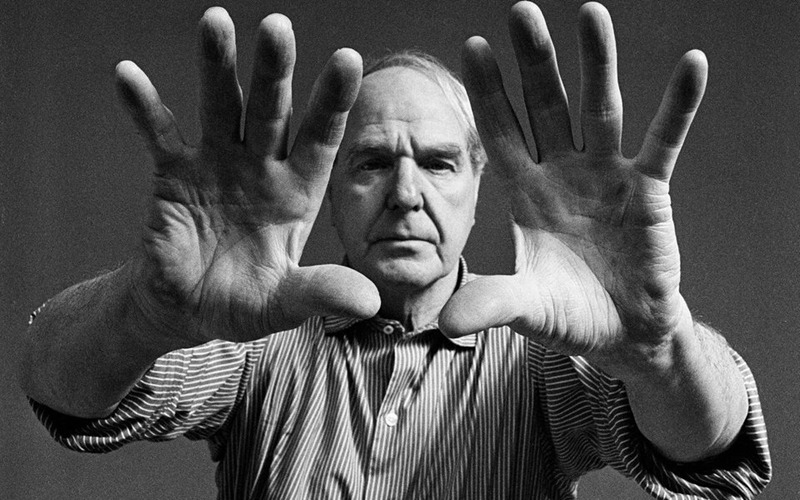
What are Henry Moore’s 6 Best-Known Sculptures?
• Henry Moore Oval with Points
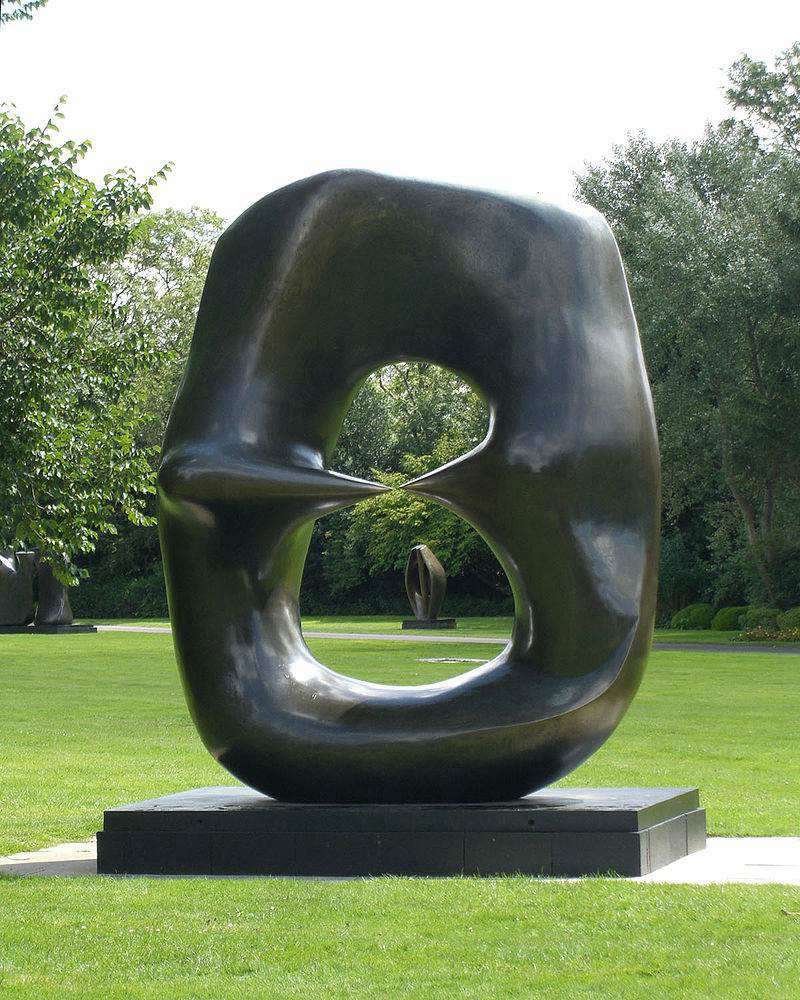
The sculpture, called Oval with Points, is a flat oval ring with two holes in the middle. The inside edge of the hole has two protrusions that gradually narrow into sharp points that meet almost in the center of the hole, giving a dynamic spatial tension. These bronze sculptures are divided into upper and lower parts, like figure eight, and this hollow shape is sometimes interpreted to resemble a human figure with a head and torso.
• Henry Moore Reclining Figure
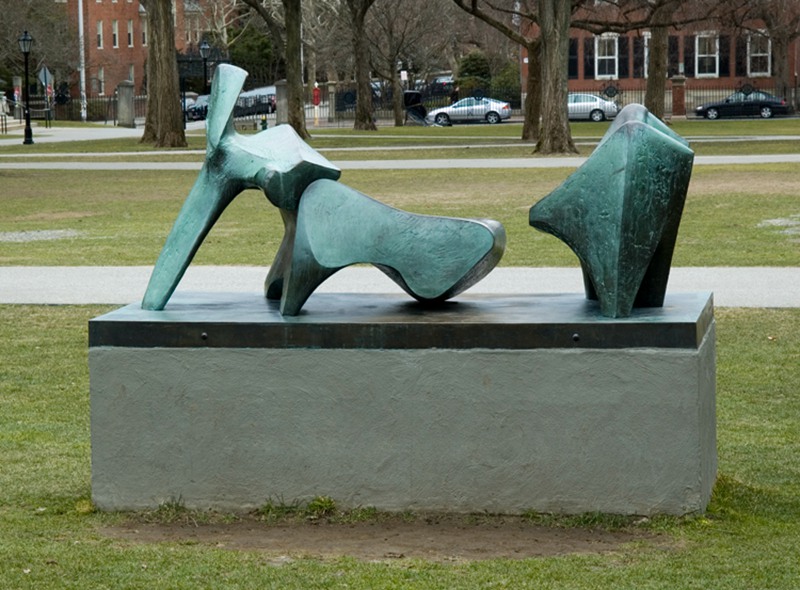
The name of this bronze sculpture is Reclining Figure No. 2. — Bridge Prop (also known as Three Piece Reclining Figure). This sculpture explores the body through the interconnection of its various bifurcated parts. As Henry Moore recalled, the work was inspired by Waterloo Bridge in London, where he saw one part of the bridge resting on another – hence the subtitle ‘Bridge Prop’.
• Henry Moore Mother and Child Sculpture
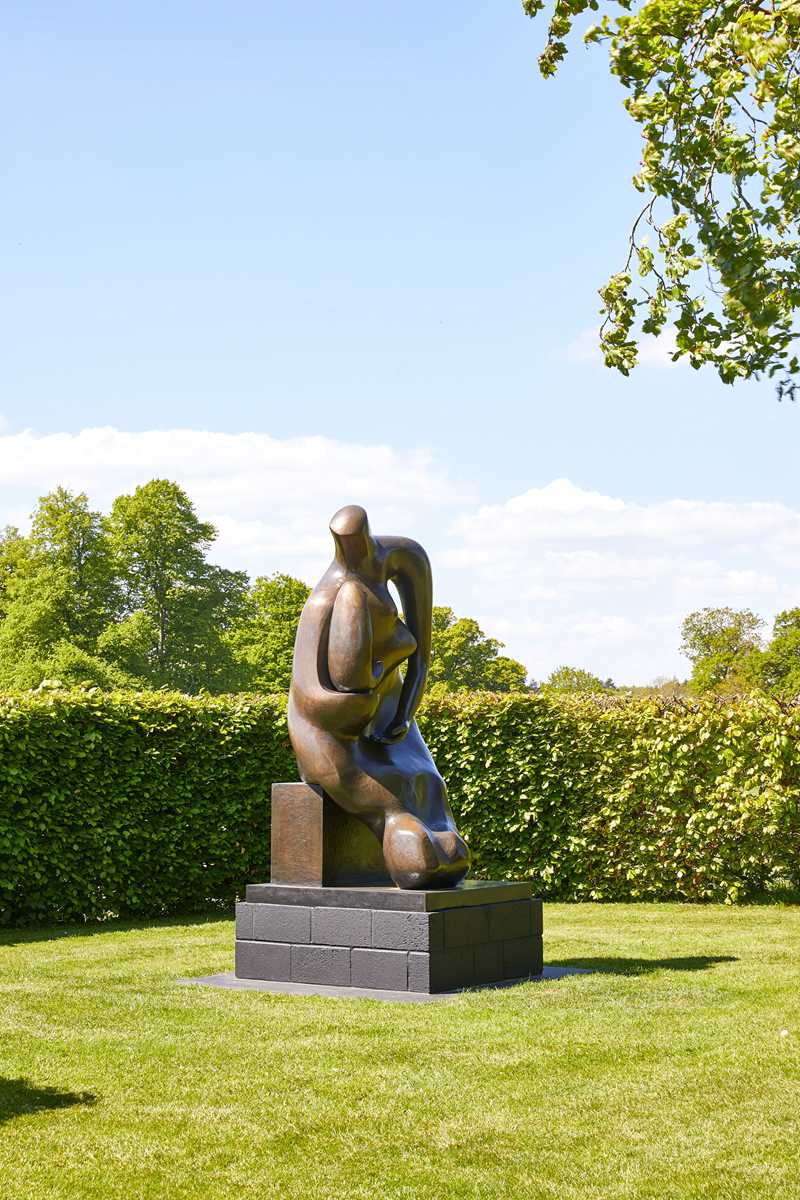
The name of this bronze sculpture is Mother and Child. Henry Moore used an abstract form to depict a scene of a mother bending down to hold her child in her arms. One of the mother’s hands is lifting up on her leg, and the other hand has become one with the child and her body. It makes people deeply feel the selflessness of maternal love. Although the sculpture is hard, the curves of the mother’s body and arms are full of tenderness.
• Three Piece Sculpture Vertebrae
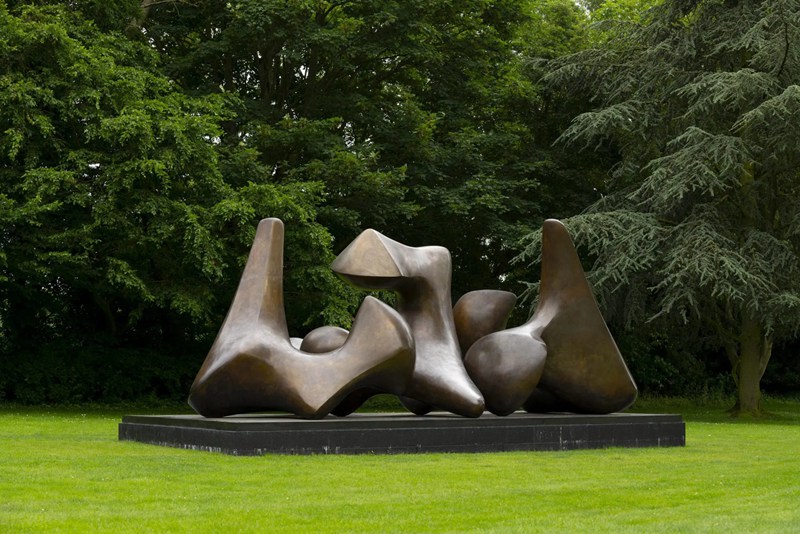
The name of this sculpture is Three Piece Sculpture: Vertebrae. In this sculpture, the head, neck, chest, arms, and hips are suggested in discrete forms, although the figure seems to be interrupted at connected places and is less coherent and complete. However, as in other works, Henry Moore expressed his belief in the close connection between man and nature, sculpture and landscape, in detached, simplified forms.
• Henry Moore Nuclear Family Sculpture
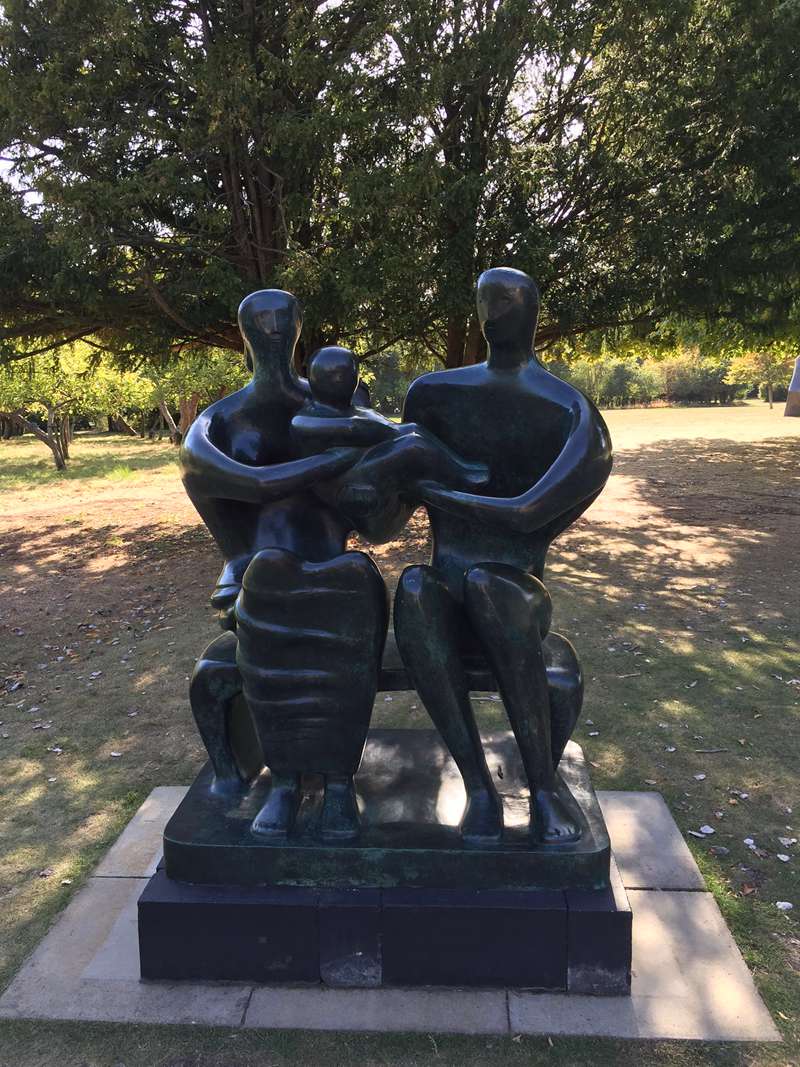
The name of this sculpture is Family Group. Made by Henry Moore for the Barclay School in Stevenage, the sculpture depicts a family of three figures, including a man, a woman, and a child. The woman sat on the right side of the bench, her hair in a bun and her dress draped over her body and legs. She held the child in her hands in the air above her knees. The man sat on the left side of the bench, holding the child with his left hand. Moore said: “The mother and father’s arms [were entangled] with the child, forming a knot between them that united the three people into a family.
• Large Interior Form
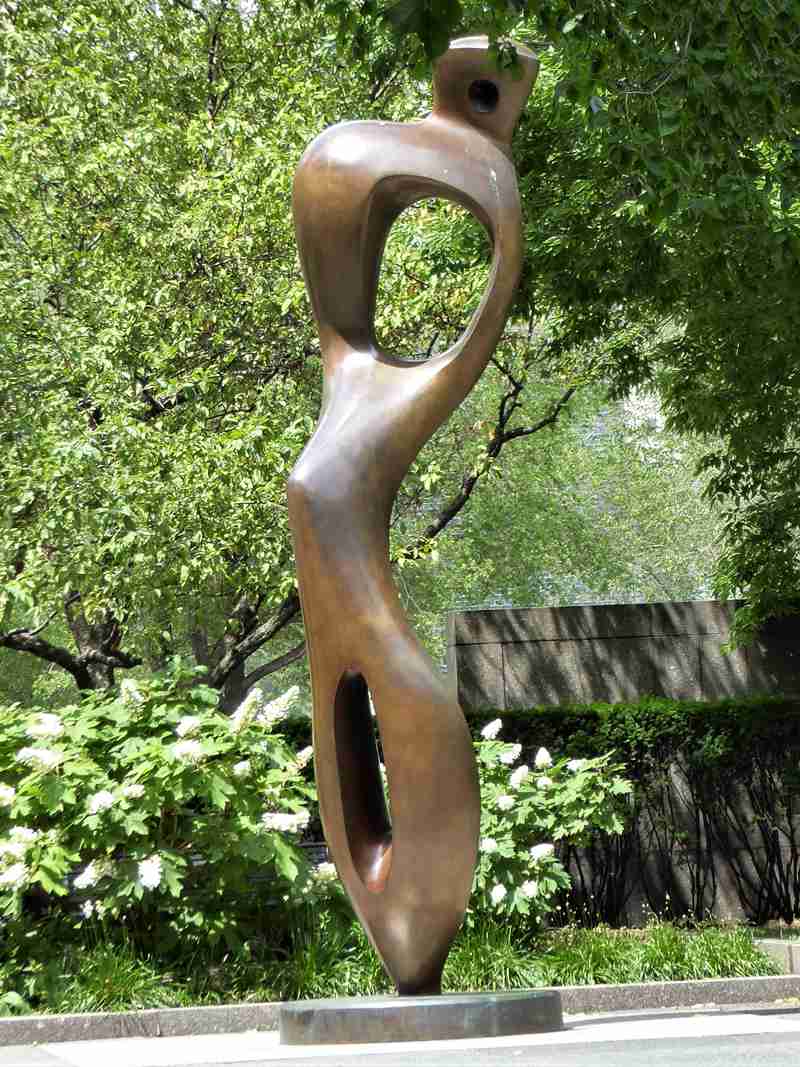
The bronze sculpture, entitled Large Interior Form, was originally created as part of a larger work in the 1950s and has only been cast as separate pieces since 1981. This sculpture has a total of three holes, and the middle part is protruding, resembling a winding figure 8 or an elegant lady dancing on tiptoes. The hollow design complements the surrounding scenery, and the sculptures and scenery are perfectly integrated.
The Inspiration behind the Sculpture
Moore collected a large number of bizarre natural objects at home, such as skulls, driftwood, pebbles, shells, etc. Moore found inspiration in these objects for natural forms and the human body. Moore frequently worked with themes of mothers and children, reclining figures, and interior/exterior forms. Moore’s early works often employ more traditional hollow forms, such as curved arms connected to the subject. Later, it gradually evolved into a hollow on the main body, thus causing the main body to have a concave and convex or curved appearance. In the 1930s, Moore gradually turned to the modernist style. He interacted frequently with several other Hampstead-based sculptors and influenced each other’s styles.
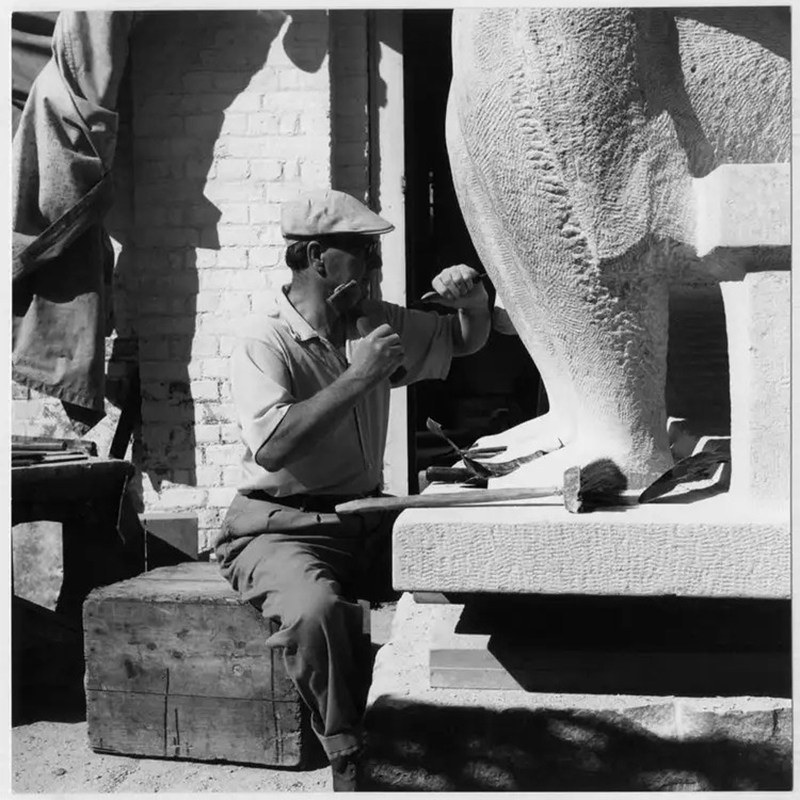
When Did Henry Moore Create His Famous Sculptures?
Most of Henry Moore’s renowned sculptures were created between the 1930s and 1970s, reaching their peak in the post-World War II period from the late 1940s to the 1960s. During this period, his large-scale, abstract human sculptures gradually gained international recognition, establishing him as a leading figure in British modern sculpture. For example, his signature “Reclining Figure” series spans his career, with versions produced in 1951 and 1969.
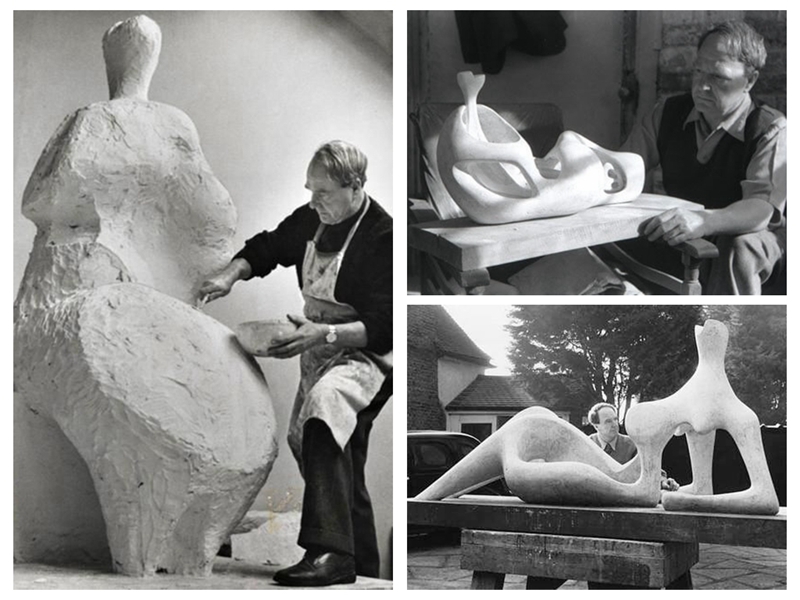
Where to See Henry Moore Sculptures?
Here are several key exhibition venues:
The Henry Moore Foundation: Located in Perry Green, Hertfordshire, England, it is home to his former studio and features a large collection of outdoor and indoor sculptures.
Yorkshire Sculpture Park: Displaying numerous large-scale outdoor works, it is one of the best places to view his work.
Tate Britain: His sculptures are part of its permanent collection.
The National Gallery in the UK and other international museums, such as the Art Institute of Chicago, the Museum of Modern Art in New York, and the Centre Pompidou in Paris, all hold his works.
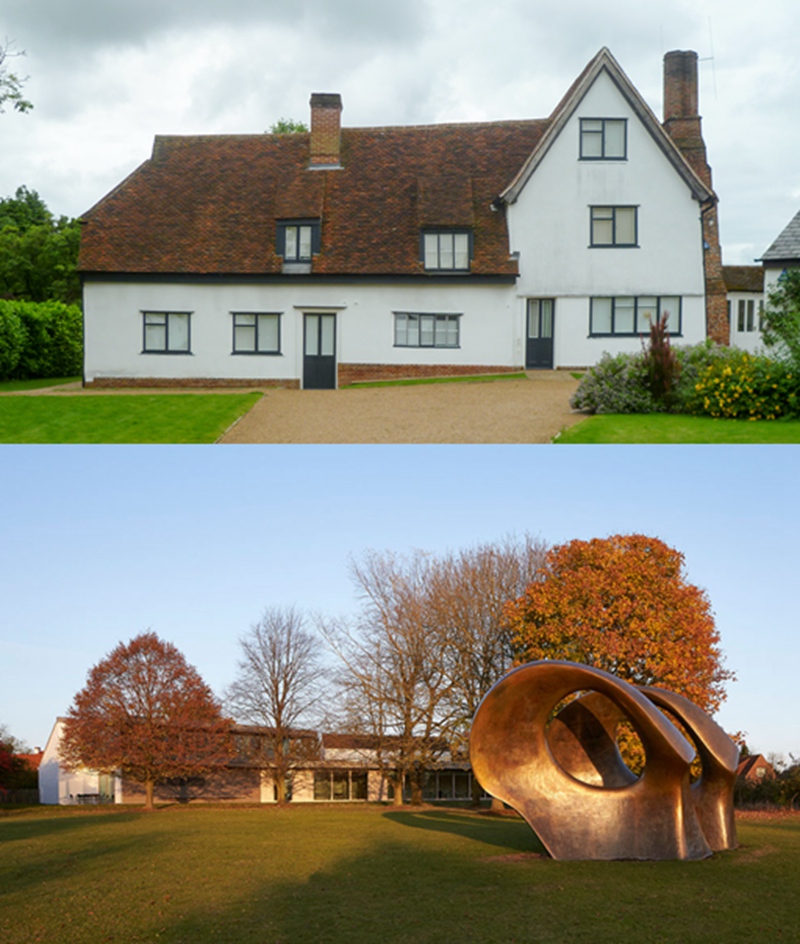
Influence of Henry Moore’s sculptures:
Henry Moore’s sculptures profoundly influenced the development of modern sculpture in the 20th century. This influence is reflected in the following aspects:
Pioneering large-scale public art: He was one of the first artists to introduce abstract sculpture into urban public spaces, inspiring the development of public sculpture worldwide.
Fusion of the human form and nature: His combination of abstracted figures with landscapes and topography influenced many modernist and postmodernist sculptors (such as Barbara Hepworth).
Exploration of sculptural materials: His experiments with stone, bronze, wood, and other media encouraged contemporary artists to exercise greater freedom in their choice and manipulation of materials.
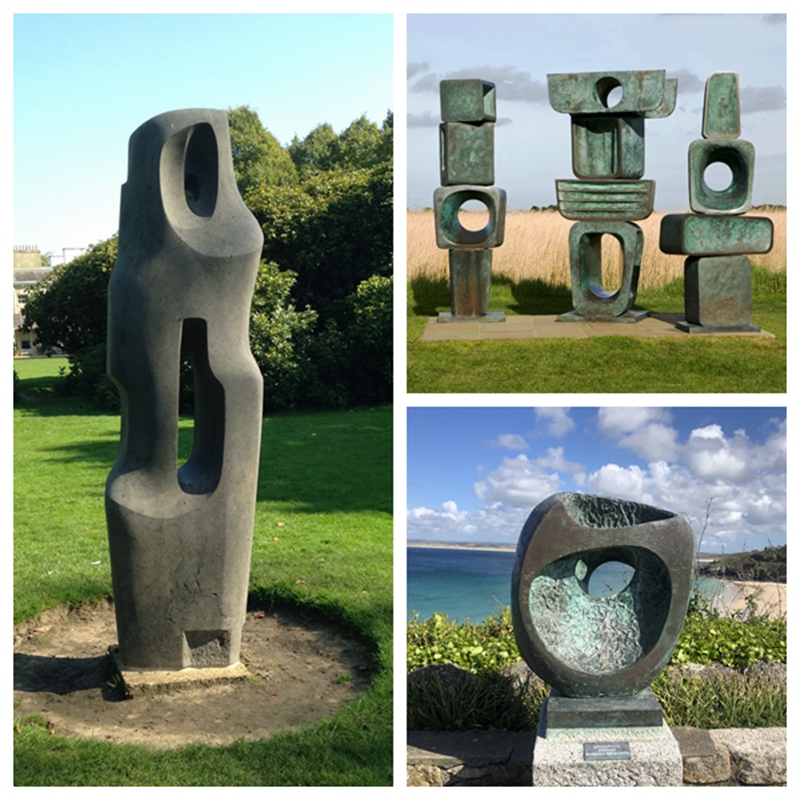
Henry Moore’s Early vs Late Sculptures:
Early Sculpture (1920s–1930s):
More experimental and avant-garde, influenced by Surrealism, Primitive Art, and African and Central and South American sculpture.
Small in scale and rugged in style, his works emphasize the sculptural quality of form, such as the early works in the “Mother and Child” series.
Late Sculpture (1950s–1980s):
Developed a more grand, balanced, abstract, and concise style, suitable for public settings.
He began using large-scale bronze casting techniques, and many of his works were exhibited outdoors, emphasizing a dialogue with the natural environment.
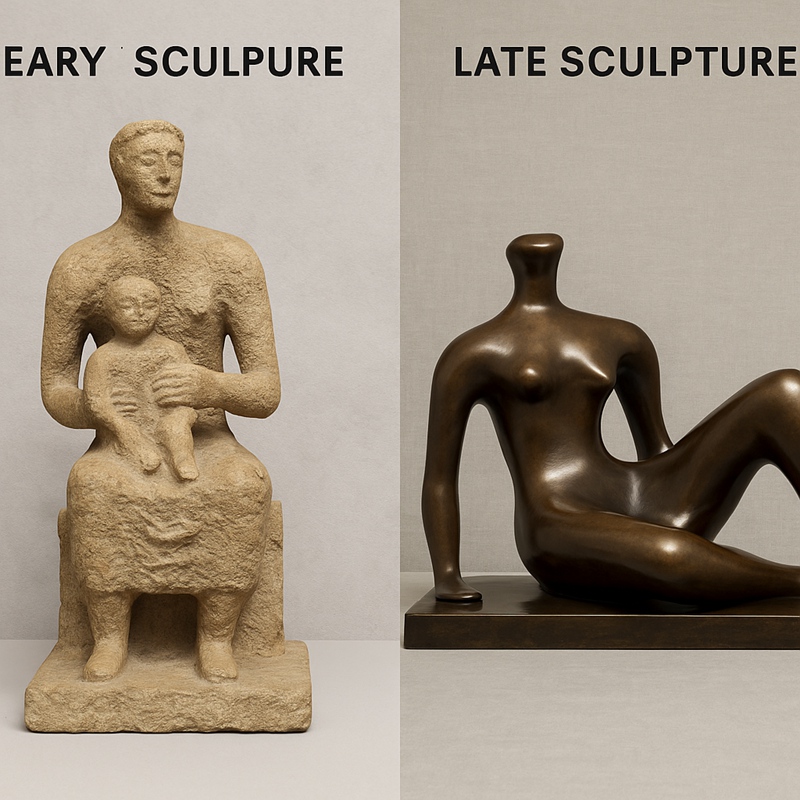
YouFine is a specialized bronze sculpture factory. If you need replicas of Henry Moore’s sculptures, you could contact us directly and look forward to cooperating with you.

